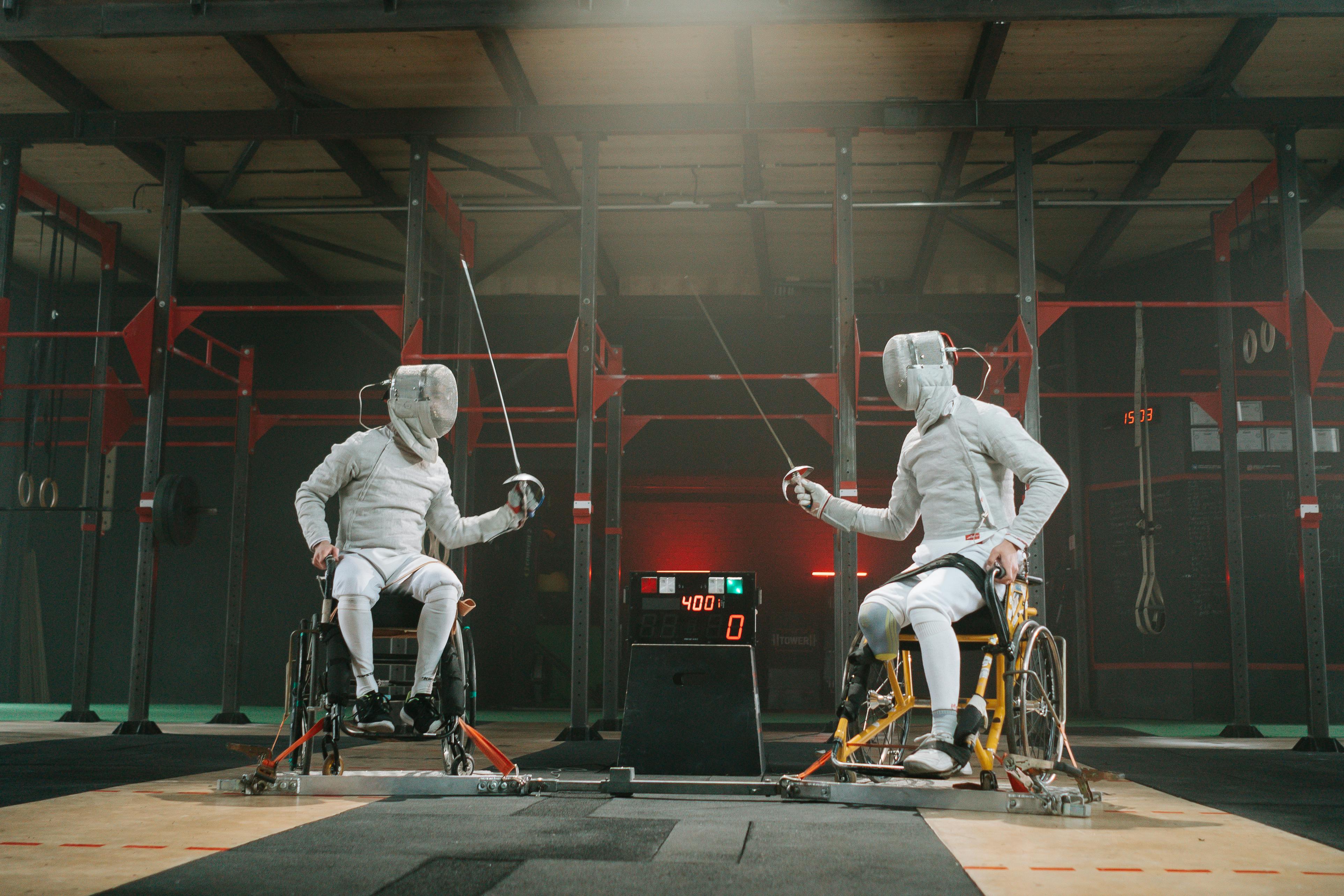Breaking Barriers: The Emergence of Adaptive Sports
Every athlete knows that their sport is much more than just a game. It's a way of life, a passion that drives them to push their limits and overcome challenges. But for athletes with disabilities, the playing field is not always level. Enter adaptive sports—a revolution in the sports world that is breaking barriers and redefining what it means to be an athlete.

Adaptive sports refer to sports or physical activities specifically designed for people with disabilities. The concept isn’t new, but the recognition, acceptance, and advancements in this area are recent phenomena. In this article, we’ll delve into the journey of adaptive sports, examine the benefits and challenges, and explore what the future holds for this inspirational facet of athletics.
The Journey of Adaptive Sports
The roots of adaptive sports can be traced back to the aftermath of World War II when they were introduced as a rehabilitation method for injured veterans. However, it wasn’t until the late 20th century that these sports started to gain recognition and acceptance. The Paralympic Games, which debuted in 1960, have played a significant role in promoting adaptive sports, showcasing the immense talent and determination of athletes with disabilities.
The Rise of Adaptive Sports in the Modern Era
The 21st century has seen a significant surge in the popularity and acceptance of adaptive sports. Social media platforms and televised events have helped in amplifying the voices of athletes with disabilities, raising awareness about their sporting endeavors. This increased visibility has led to greater representation, participation, and investment in adaptive sports.
The Pros and Cons of Adaptive Sports
Like any sport, adaptive sports come with their share of benefits and challenges. On the positive side, they provide an outlet for physical activity, promote mental health, foster social connections, and boost self-esteem. They also offer an opportunity for athletes with disabilities to compete on a level playing field.
However, there are also hurdles to overcome. Accessibility and affordability of adaptive sports equipment can be a significant barrier. There is also a need for improved coaching and training methods, as well as more opportunities for competition.
The Future of Adaptive Sports
Looking ahead, the future of adaptive sports seems promising. Technological advancements are expected to play a significant role in improving the accessibility and performance of athletes. There is also a growing push for greater integration of adaptive sports into mainstream athletics, which could help to break down societal barriers and stereotypes.
Conclusion
Adaptive sports are a testament to the indomitable spirit of athletes who refuse to let their disabilities define them. They exemplify the essence of sports – the struggle, the perseverance, the triumph. And while there’s still a long way to go in terms of equal opportunities and recognition, the progress made so far is a reason for optimism. With continued advocacy, investment, and innovation, the day when adaptive sports are as mainstream as their non-adaptive counterparts is not too far off.






